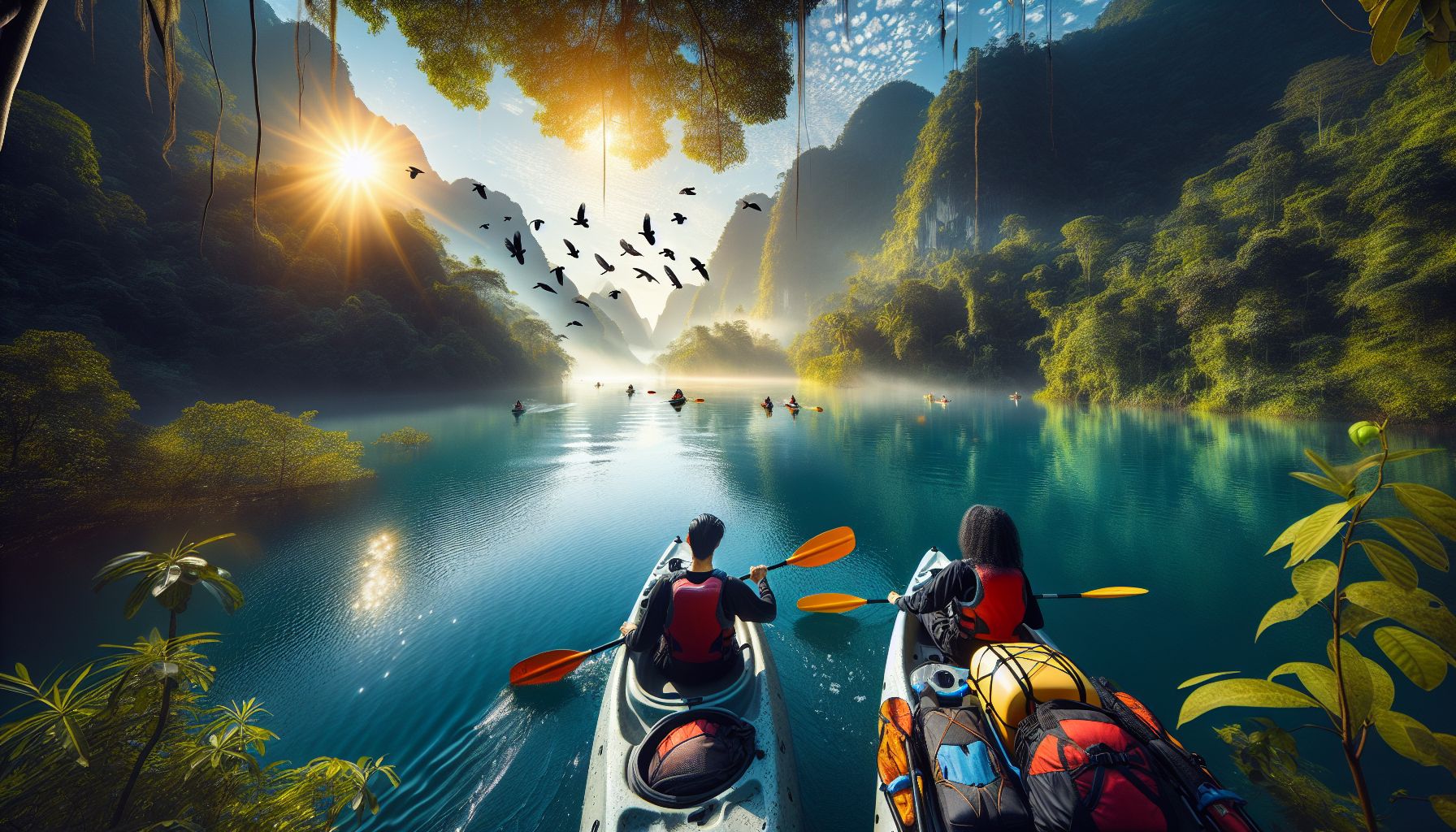Kayaking is a versatile water sport that offers something for everyone, from adrenaline junkies to those seeking a peaceful escape in nature. With a variety of kayaks and environments to explore, from serene lakes and rivers to the challenging swells of the ocean, kayaking encompasses many facets: recreation, fitness, exploration, and even competition. In this comprehensive article, we will dive deep into the world of kayaking, exploring its history, the various types of kayaking, the equipment needed, the benefits of the sport, safety measures, and where to embark on your kayaking adventure.
A Brief History of Kayaking
Originally developed by the indigenous Inuit, Aleut, and Yup’ik peoples of the Arctic regions of North America, kayaks were primarily used for hunting and transport. Traditional kayaks were constructed from stretched animal skins over a frame made from whalebone or driftwood. These vessels were nimble and stealthy — perfect for sneaking up on prey like seals or for navigating treacherous, icy waters.
As time progressed, kayaking evolved from a survival skill to a recreational and sport activity. The 20th century saw a rise in the popularity of kayaking, leading to the development of different kayak styles and the use of new materials, like fiberglass and plastic, making them more accessible and versatile.
Types of Kayaking
There are several primary types of kayaking, each with its unique characteristics:
- Recreational Kayaking: Ideal for beginners or those looking for a calm paddling experience on lakes, mild rivers, or coastal waters.
- Sea Kayaking: Also known as ocean kayaking, this type requires a sturdier craft designed for distance and stability in open water.
- Whitewater Kayaking: Involves navigating through swift-moving rivers and rapids, ranging from small waves to challenging waterfalls.
- Touring Kayaking: Focused on long-distance travel, often involving camping and sightseeing in remote areas.
- Fishing Kayaking: These kayaks are equipped with features like rod holders and storage areas for a full fishing experience.
- Surf Kayaking: Combines elements of kayaking and surfing, using kayaks to ride ocean waves.
Kayaking Equipment
Before hitting the water, you need the right equipment. Here’s what you’ll need:
- Kayak: There are different kayaks tailor-made for each type of kayaking. Choose one that fits your intended use.
- Paddle: Paddles vary in length and blade shape. Your height and the width of your kayak will determine the correct paddle size.
- Personal Flotation Device (PFD): A life jacket designed for paddling allows for mobility and safety.
- Helmet: Mandatory for whitewater kayaking and recommended for other forms as well.
- Spray Skirt: Used in certain types of kayaks to prevent water from entering the cockpit.
- Dry Bag: Keeps personal items dry and secure.
- Wet or Dry Suit: Depending on the water temperature, protective clothing may be necessary.
The Benefits of Kayaking
Kayaking is more than just recreation; it offers a multitude of benefits:
- Physical Fitness: Paddling is a great full-body workout that enhances cardiovascular health, strength, flexibility, and endurance.
- Mental Health: Being on the water can reduce stress and improve mental well-being.
- Connection with Nature: Kayaking allows for close encounters with wildlife and natural environments.
- Social Interaction: Whether you join a kayaking club or paddle with friends, it’s an excellent way to bond with others.
- Skill Development: It can challenge you to learn new techniques and improve balance and coordination.
Kayaking Safety
Staying safe on the water is paramount. Here are essential safety tips:
- Wear your PFD: It’s your best defense against drowning.
- Know the Weather: Check weather conditions and forecasts before you go.
- Understand the Waterway: Familiarize yourself with the location, including any potential hazards.
- Take a Kayaking Course: Learning from experts can teach you essential paddling and safety skills.
- Paddle with a Buddy: It’s safer and more fun to kayak with someone else.
- Stay Visible: Use bright colors on your gear and kayak to ensure that others can see you easily.
Where to Kayak
You can kayak almost anywhere there’s water. Some popular kayaking destinations include:
- Banff National Park, Canada: Paddle through stunning glacial lakes and rivers.
- Sea of Cortez, Baja California: Offers world-renowned sea kayaking with diverse marine life.
- Norwegian Fjords, Norway: Provides dramatic natural scenery perfect for touring.
- The Amazon Basin, South America: Explore one of the most biodiverse regions on Earth.
- The Great Barrier Reef, Australia: Kayak in the world’s largest coral reef system.
Conclusion
Kayaking is both an escape and an adventure. Whether you seek the tranquility of paddling through calm waters or the thrill of conquering rapids and waves, kayaking has something special to offer. By understanding the types of kayaking, having the right equipment, reaping the physical and mental benefits, and observing safety practices, you can enjoy one of the most enriching activities out there. Find your nearest body of water, gear up, and embark on your kayaking journey today!
